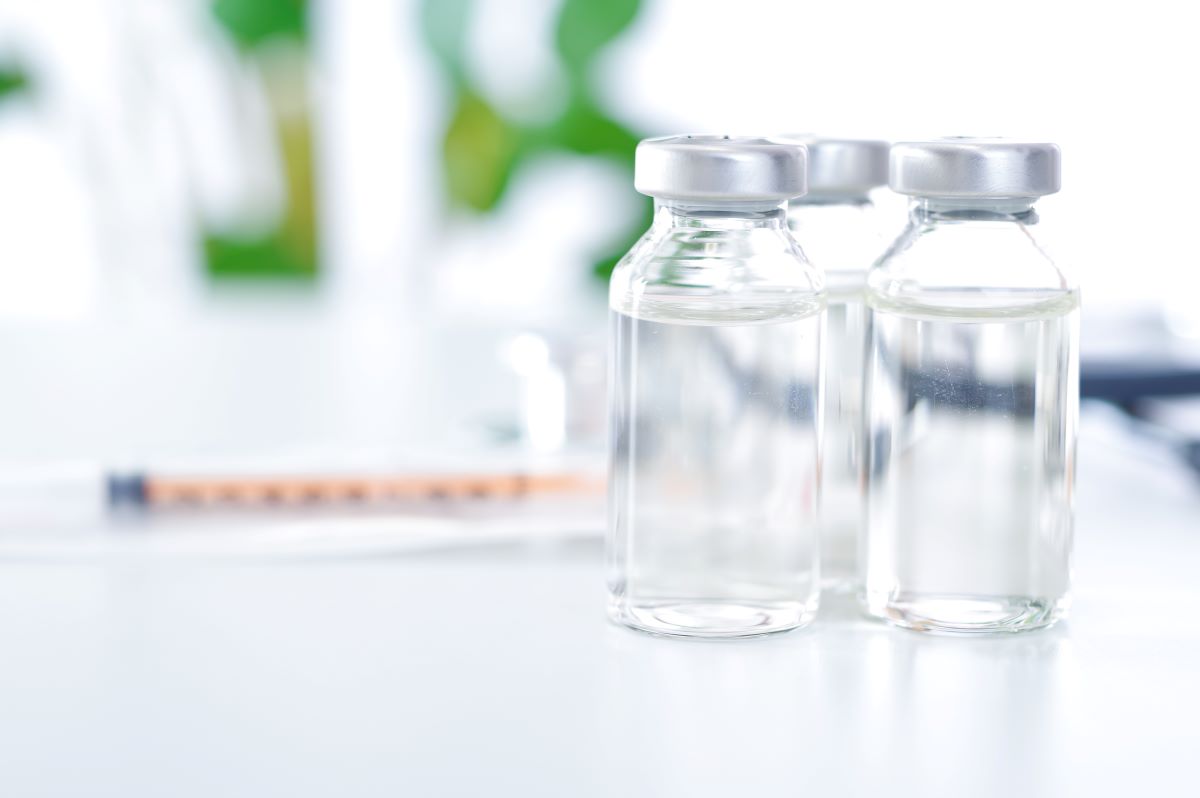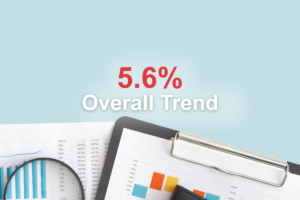You may have seen one of many news stories about insulin manufacturers Sanofi, Eli Lilly, and Novo Nordisk reducing the price of their products. With these three manufacturers accounting for nearly 100% of the insulin market in the United States, it’s safe to say reductions to the list price of insulin are coming. Understanding the reasoning and impact to patients and plan sponsors is more complex.
First, the announcements. Eli Lilly was the first to announce price reductions on their products. They were followed by Novo Nordisk and Sanofi, roughly two weeks later. There are several products with several variations in play here. The announced price reductions generally range from 60% to 78% off the current wholesale acquisition cost. Eli Lilly plans to stagger reductions for various products throughout the year with the first expected to be seen April 1, 2023, and others by the end of the year.
Next, the reasoning. These companies have been under immense political pressure to lower the price of insulin. The reason the cost of insulin has seen an exponential increase is up for debate. What is known, competition in this class has caused insulin to be a highly rebated drug class. Lowering the price and removing the rebate could be breakeven, or maybe manufacturers are even coming out ahead in these dynamics.
This competitive class is expected to become even more competitive with the anticipated approval of new biosimilar insulin products in the coming months. The three companies are likely reacting to, and maybe getting ahead of, a future need to lower the price of their products to remain competitive in an evolving market. Or maybe make it harder for the new products to be competitive, which could result in potential competition deciding against launching a new drug.
On a large scale, the impact to patients will not be as significant as some would expect. All three companies included patient cost share caps in their announcements. This assistance varies by manufacturer and by product. These companies already had programs in place to help those with and without insurance afford insulin; the announcements expand these dynamics. Many patients with employer-sponsored coverage experience cost share below the levels announced by the manufacturers. Although patients may benefit from less administrative hassle in accessing cost share reductions, the primary financial impact will be for patients on high deductible health plans and plans with otherwise high cost share dynamics.
With employer-sponsored plans covering most of the cost of prescription medications for individuals on their plan, it’s logical to be excited about these cost reductions. Remember though, the rebate dynamic. With 100% of rebates coming back to members of National CooperativeRx, no matter how this list price versus rebate dynamic shakes out, it will largely result in little net cost change to plans.
Although impacts will be limited, these announcements are an overall good development for the marketplace. Competition has historically been the most effective way to bring down costs for patients and plan sponsors. As this market is going through significant changes, we do not believe it’s currently prudent to make any immediate changes.
The most important aspect of diabetes is keeping patients adherent to their medication. Adherence reduces the risk of costly complications which can result from noncompliance. As we do with all drug classes, National CooperativeRx will monitor the developments of the insulin class and pursue what is in the best interests of our members. Should future developments require action, we will be sure to provide those recommendations to members and partners as soon as they are warranted.




